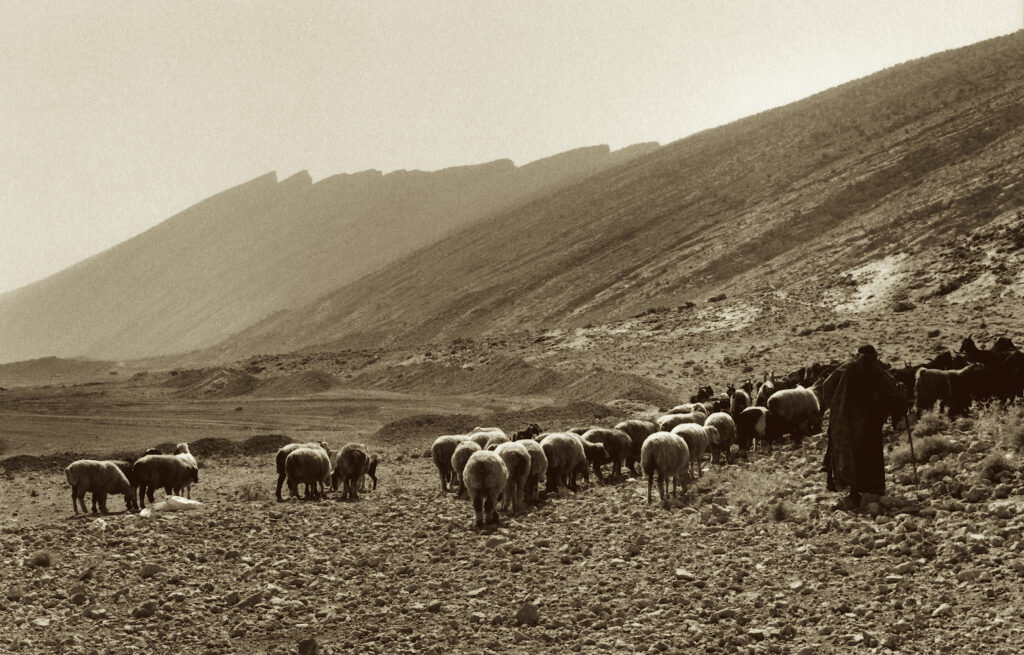It gradually grew into an urban hub with strong connections to the larger political entities of Elam and Mesopotamia farther west. The residents made and exported elaborately carved stone vessels, which have been found thousands of miles from Tepe Yahya. By 4,500 years ago, the once small, secluded village had more expansive farmlands, bustling craft workshops, and an artistic style similar to that found at nearby sites, suggesting a sense of regional identity.
Yet through all this growth and expansion, residents continued to rely heavily on sheep and goats.
A NEW STUDY OF OLD GOATS
Archaeologists excavated Tepe Yahya between 1969 and 1975. In the 1980s, Harvard University zooarchaeologist Richard Meadow examined the animal bones to identify species. Since his initial work, however, the bones have only been studied by students as part of coursework and training.
A wealth of information can still be gained from bones excavated long ago, such as those from Tepe Yahya. I saw an opportunity to return to this overlooked collection and to explore a subset of the bones in detail.
I focused on the lower jaws of sheep and goats—the most abundant and important species in the Tepe Yahya collection. Lower jaws, or mandibles, are particularly useful because the teeth consistently wear down over time in certain species. Using this wear pattern, zooarchaeologists can estimate an animal’s age when it died.
Excavators uncovered the Tepe Yahya bones from ancient trash heaps located within and beside houses. This means the animals likely contributed to household needs. As a result, they died in relatively good health and before old age: Some were killed between 6 months and 1 year—the prime ages to become dinner meat—and others averaged between 2 and 5 years—better for production of milk and hair.
What I did not expect was a small group of goats with devastatingly poor teeth. These animals were 6 years or older, also an unusual attribute. The older an animal gets, the more care it requires—especially if it has injuries like split and missing teeth. (Because the jawbones healed around the missing teeth, I could tell they were lost before the animals died rather than after death.)
Moreover, the dental damage centered on the first molar. What caused this damage? And why were these animals kept alive so long?
CARE THAT HURTS
I contacted a large animal vet with the unusual request of discussing long-dead animals. It turns out severe dental damage rarely afflicts present-day goats and sheep. Owners usually kill the animals before this level of damage accumulates. The fact that the injuries centered on a single tooth area implicated some sort of repeated aggravator, not just old age or poor oral hygiene, which affect teeth more evenly.
We determined a bit was probably to blame: Typically used for donkeys and horses, this leather or rope binding would have wrapped around the animals’ snout and rested in the mouth on first molars. Perhaps it helped harness the goats to carts or leash the animals.
